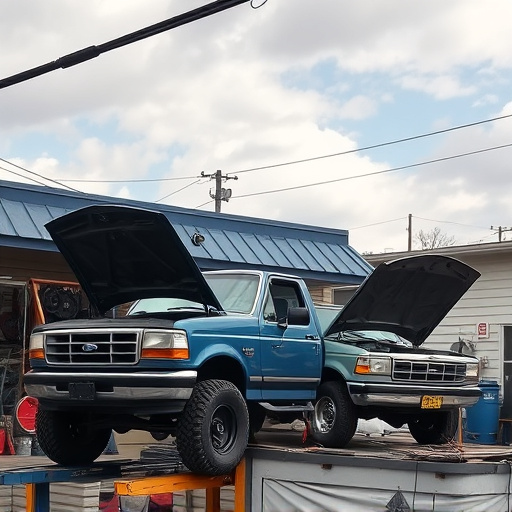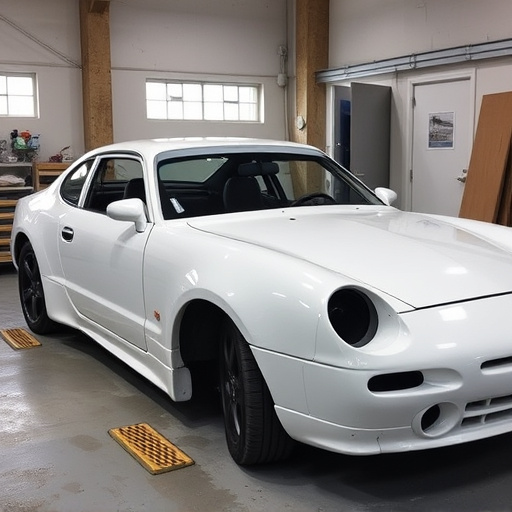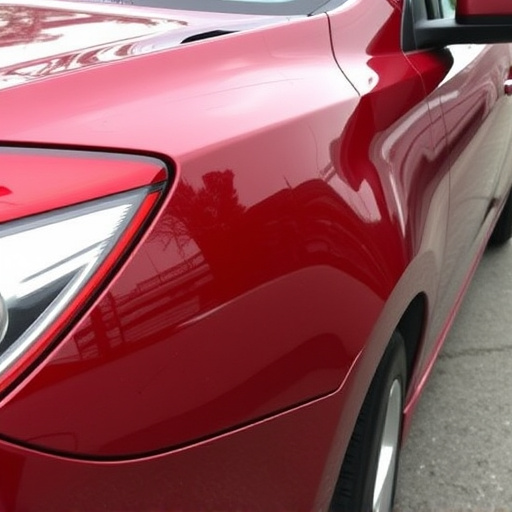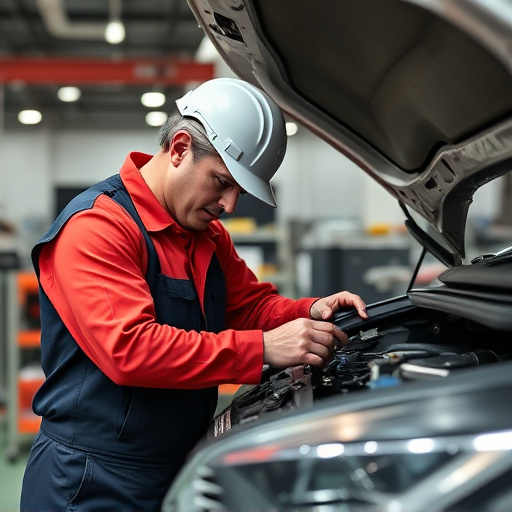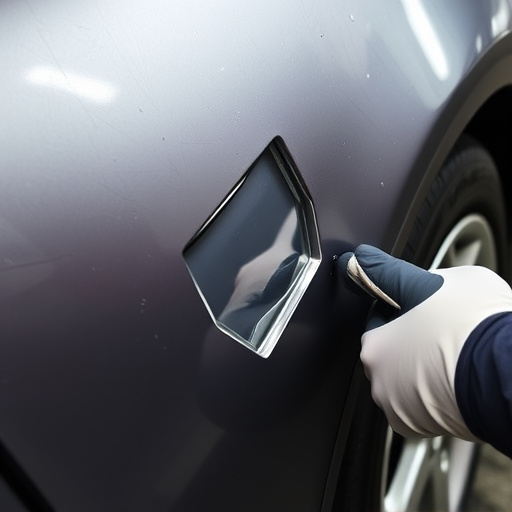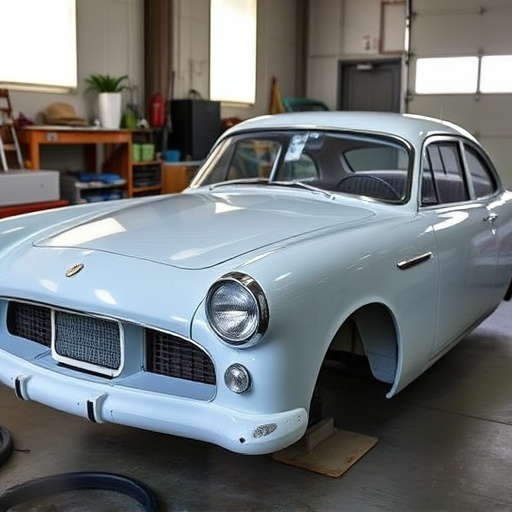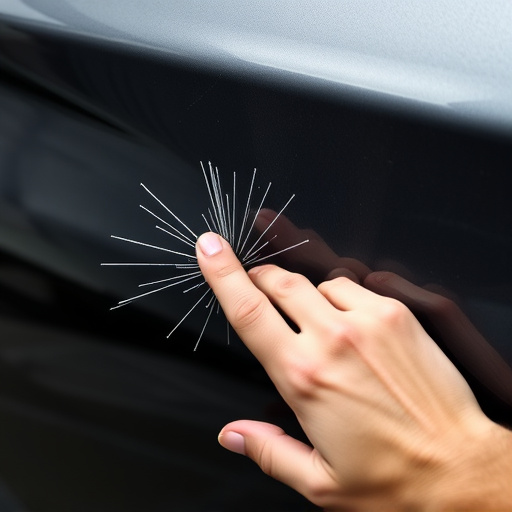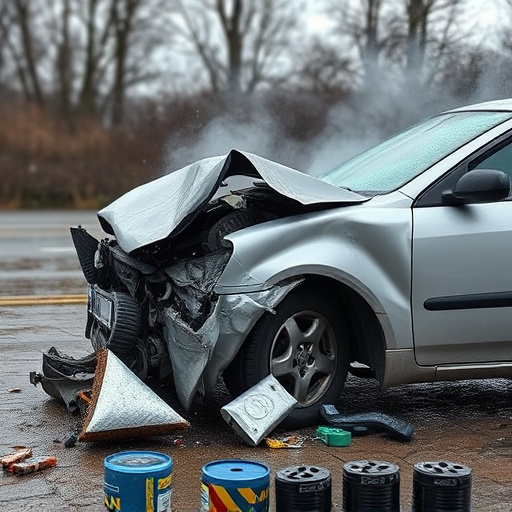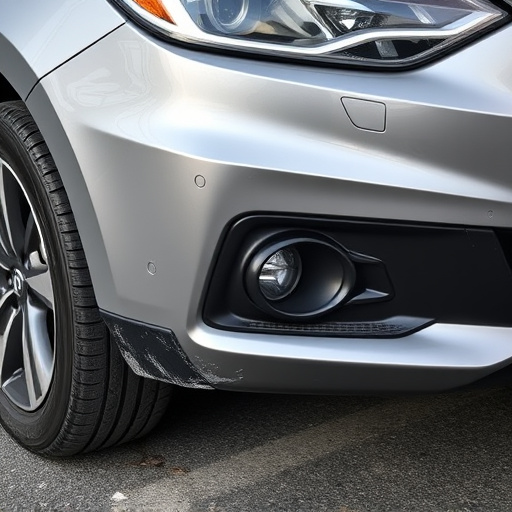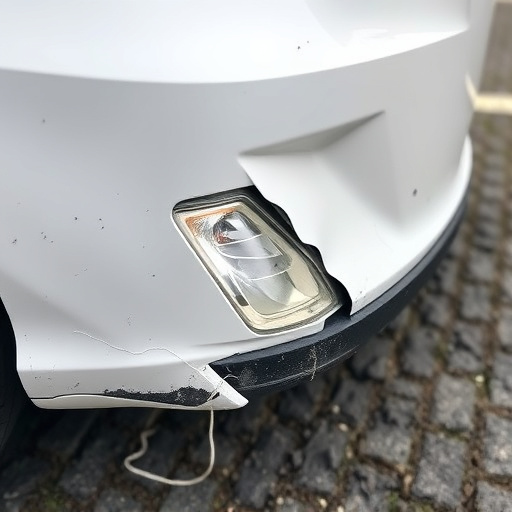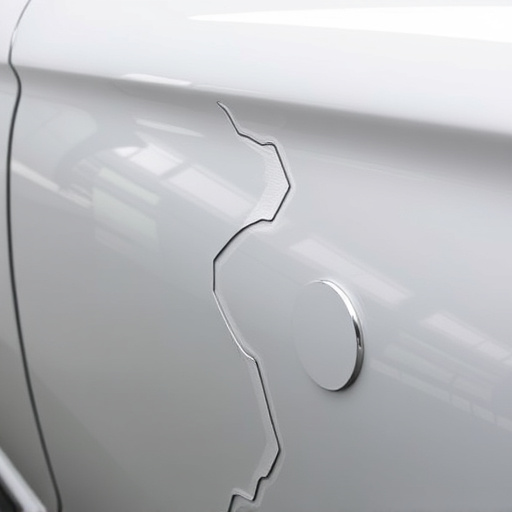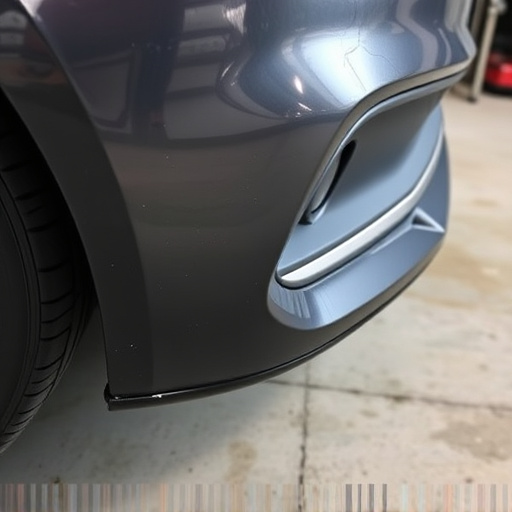Vehicle exhaust systems, comprising manifolds, pipes, converters, mufflers, and tailpipes, are critical for efficient combustion and emission control. Collision damage can severely impact these systems, leading to reduced performance, increased fuel consumption, and structural issues. Skilled technicians in auto dent repair centers use advanced tools and precise techniques to realign, replace, and restore exhaust components, ensuring optimal post-repair performance, safety, and environmental efficiency. Exhaust system collision repair is a specialized process that requires adherence to safety standards for seamless integration and longevity.
Collisions can significantly impact vehicle exhaust system efficiency, affecting both performance and safety. This article delves into the intricate world of exhaust systems, exploring their basic components and functionality. We then analyze how collisions compromise exhaust integrity and performance, highlighting the importance of proper collision repair techniques for optimal restoration. Discover expert insights on exhaust system collision repair to ensure your vehicle returns to its peak efficiency.
- Understanding Vehicle Exhaust Systems: Basic Components and Functionality
- The Impact of Collisions on Exhaust System Integrity and Performance
- Collision Repair Techniques for Optimal Exhaust System Efficiency Restoration
Understanding Vehicle Exhaust Systems: Basic Components and Functionality
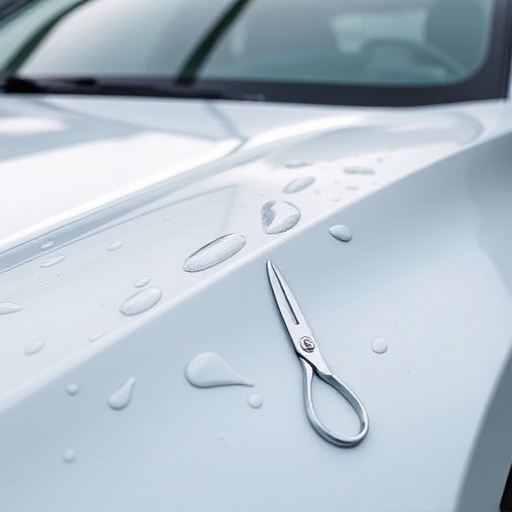
Vehicle exhaust systems are intricate networks designed to manage and expel gases from a car’s internal combustion engine. At its core, it consists of several vital components working in harmony. The primary function is to facilitate the flow of exhaust gases away from the engine, ensuring efficient burning and reducing harmful emissions. Key parts include the manifold, connecting pipes, catalytic converter, muffler, and tailpipe—each playing a specific role in this process.
The system operates by channeling hot exhaust gases through the manifold, which then branches into pipes leading to the catalytic converter. Here, harmful pollutants are transformed into less toxic compounds. The muffler dampens noise produced during this expulsion, while the tailpipe serves as the final outlet, discreetly releasing gases into the atmosphere. Understanding these components is crucial when considering exhaust system collision repair, especially in an auto collision center, where professionals ensure these systems function optimally after potential damage from car dent repairs.
The Impact of Collisions on Exhaust System Integrity and Performance
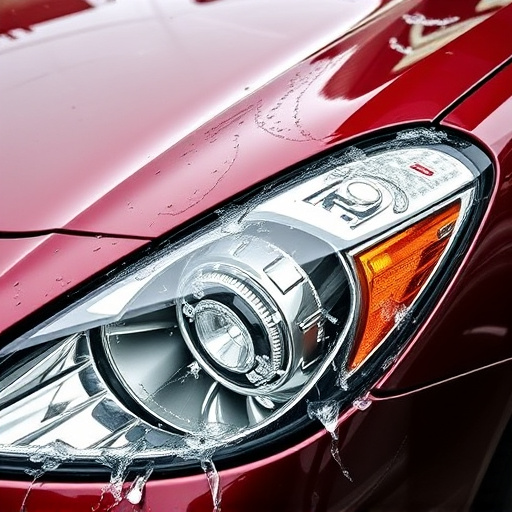
Collisions can significantly impact a vehicle’s exhaust system integrity and performance. In the event of a crash, various components within the exhaust system—from mufflers to catalytic converters—can sustain damage, leading to reduced efficiency or even failure. Exhaust leaks, for instance, not only decrease engine performance but also result in increased fuel consumption due to the loss of pressurized gases from the combustion chamber. Moreover, collisions often cause misalignment or deformation of the vehicle body, which can compromise the structural integrity of the exhaust system, making it susceptible to further damage.
Proper collision repair, including meticulous bumper repair and vehicle body repair, is crucial to restoring the exhaust system’s efficiency. Skilled technicians employ advanced techniques and specialized tools to realign components, replace damaged parts, and ensure seamless integration between the exhaust system and the rest of the vehicle. This meticulous process not only guarantees optimal performance but also extends the lifespan of the exhaust system, preventing future issues that could arise from subpar collision repair work.
Collision Repair Techniques for Optimal Exhaust System Efficiency Restoration
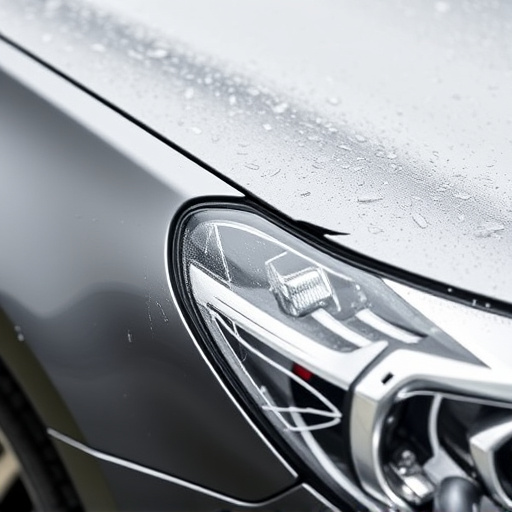
When a vehicle experiences an accident, proper collision repair techniques are essential to restore the exhaust system’s efficiency. Skilled technicians understand that even minor collisions can disrupt the delicate balance of the exhaust system, affecting performance and emissions. The first step is assessing the damage, which involves examining the exhaust pipes, mufflers, and catalytic converters for any cracks, dents, or misalignments. In many cases, advanced welding techniques and precision measurement tools are employed to realign and rebuild components, ensuring they function as intended.
For more severe accidents involving vehicle bodywork or auto glass repair, replacement parts must match the original specifications to maintain optimal exhaust system collision repair. This meticulous process guarantees that the restored system meets safety standards and regulatory requirements. In a car body shop, experienced mechanics can efficiently handle exhaust system repairs, ensuring vehicles return to their pre-collision performance levels, thereby preserving both environmental efficiency and driver safety.
Vehicle exhaust systems, composed of various components working in harmony, play a crucial role in engine performance and emissions control. Collisions can significantly impair their integrity and efficiency, necessitating proper repair techniques for optimal restoration. By understanding the basic functionality and impact of collisions, as well as effective repair methods, exhaust system collision repair ensures vehicles return to their original performance standards while mitigating potential environmental and safety risks.
